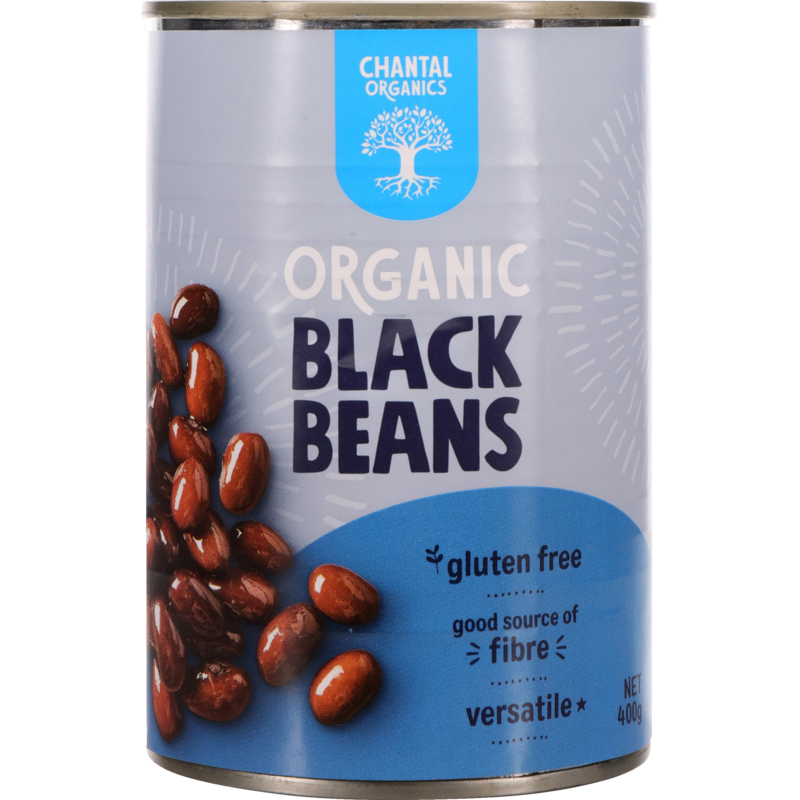
Tips and tricks for creating a diet rich in plant-based foods to support better health and environmental sustainability.
Plant-based eating is becoming more and more important as part of a healthy lifestyle. It has been shown to support good health, fight climate change, reduce grocery bills and taste amazing.
For those looking to transition into a plant-based diet, this guide supports your journey to get started, with the power of knowledge, simple swaps and delicious recipe inspiration.
What is plant-based eating?
There are many interpretations of a plant-based diet. For some it’s eating 100% plants; for others its eating mostly plants, while occasionally including fish, meat, eggs and dairy. The goal remains the same: to get more plants on your plate. This includes vegetables and fruits, along with whole grains, legumes, nuts and seeds.
Plant-based eating for sustainability
Awareness is growing around the impact our food system is having on the environment. Many people are eager to adopt more sustainable eating habits, for both their own health and the health of the planet, but don’t know where to start.
Choosing to eat more plants and less meat reduces the amount of GHG emissions and water use. Animal-based foods use more resources than plant-based foods and produce more GHGs (greenhouse gas) than plants. Livestock also have a larger water footprint than vegetables. Check out this guide to water footprints of food.
Get started with simple swaps
With new products hitting the market regularly, be sure to give them a try to find what you like best.
- Milk alternatives
Plant-based milks can be used in place of cow’s milk in most recipes, simply swap 1 for 1. From almond and oat, to soy, coconut or rice, the variety of plant-based milks is ever-growing. We love the Isola Bio dairy free milk range, as its sustainably sourced and certified organic.

2. Beans for meat
Reduce your meat intake by swapping it for beans, tofu or tempeh. Get bean recipes and learn more about eating beans as part of a Planetary Health diet here.
3. Egg replacers
Aquafaba is the water from cooking legumes and can be used to replace eggs in baking. Chickpea brine has become a popular vegan ingredient. Try this Kale & Basil Pesto and find out for yourself.
Make a chia seed (or flaxseed) egg by simply mixing 1 tablespoon of ground seed with 2 ½ tablespoons of water, stir, and let stand for 10 minutes.
4. Cheese and yoghurt alternatives
There are a variety of dairy free alternatives on the market. Try coconut yogurt, nut cheese, even dairy free sour cream and mayo.
5. Plant-based chocolate
Generally dark chocolate is dairy free, however be sure to check the ingredient list. If you’re after a smooth milky style chocolate, our favourite is the cashew mylk chocolate by Loving Earth.
Plants for protein
A plant-based diet can also be a protein rich diet. Animal-based proteins have the advantage of containing complete proteins. While there are a number of plants that do as well (i.e. spirulina, quinoa, peas, chia seeds, hemp), not every protein source needs to be complete.
The key is to consume a variety of plant-based sources (in particular leafy greens) daily to make up the total amount of amino acids required. Meal planning will help with this.
On the other side, plants have the benefit of additional macro and micronutrients such as fibre, fats, minerals, and vitamins. Read our plant-based protein blog for a list of plant-based protein sources and recipe inspiration.
Plant-based eating cuts costs
A study by Oxford University, has shown that vegan, vegetarian or flexitarian diets reduces your food bill. In particular, by reducing your meat consumption or cutting it out altogether, you can save money. However, it also pointed out that meat needs to be replaced with wholefoods, not highly processed meat replacements.
To learn more about this on a global scale, check out the study by The Lancet Planetary Health, The global and regional costs of healthy and sustainable dietary patterns.
The health benefits of a plant rich diet
We’ve heard it for years: eat your vegetables. Fruits and vegetables are rich in vitamins, minerals, antioxidants and fibre, which supports better nutrition. Eating a diet rich in plants can also help reduce the fat stored on your body, supporting a trimmer waist line.
A recent study shows that plant-based diets are linked with lower risks of chronic diseases like heart disease, hypertension, diabetes, cancer, Alzheimer’s and more. Other studies have found a link between eating plant-based proteins (like beans and tofu) and overall longevity.
Plant-based recipes
There are an abundance of plant-based recipes available online. Here are a few of our favourites:
- For breakfast, try these Apple Crumble Breakfast Cookies or Caramel Tahini Smoothie.
- For a plant-powered lunch or snack, we love the Tofu Sushi Sandwich, Beetroot Hummus and 4 Seed Crackers or Peanut Butter Cinnamon Caramel Popcorn.
- Try one of these nourishing dinners: Pumpkin Lentil Savoury Crumble, Cauliflower Chickpea Masala or Whole Roast Black Bean Traybake.
- These delicious desserts will please the whole family: Vegan Chocolate Avocado Pie, Salted Caramel Nut Butter Cups, Banana Peanut Butter Ice Cream or Aquafaba Mini Pavlovas.
Creating a diet rich in plant-based foods supports a healthy lifestyle and a sustainable approach to food systems. Learn more about popular dieting trends to discover different eating options, and decide what’s best for you.
To receive monthly recipes and sustainable living inspiration directly to your inbox, sign up to our newsletter at the bottom of this page.
PRODUCTS MENTIONED








